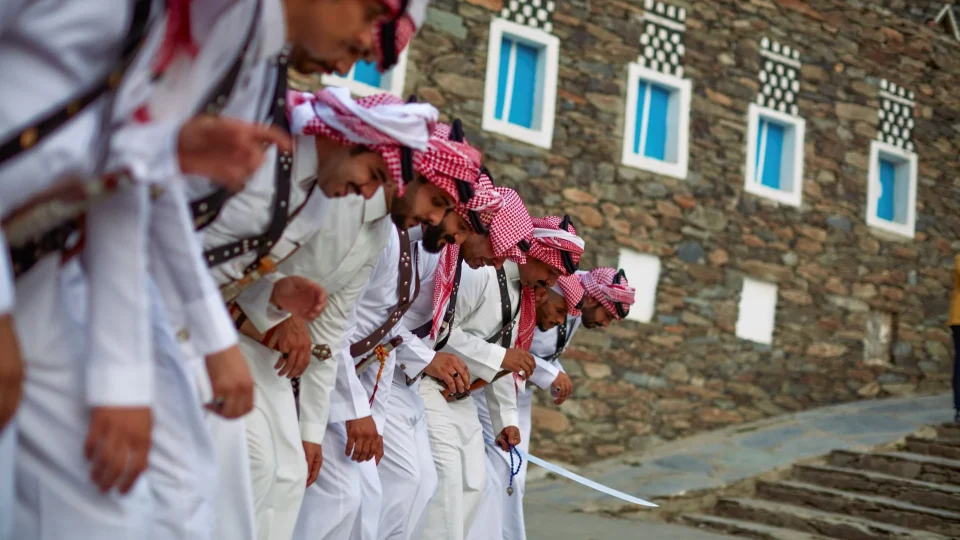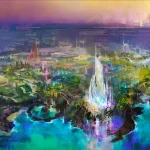Saudi Arabia, a land of stunning landscapes and rich history, is home to some of the world’s most fascinating UNESCO World Heritage Sites. These sites provide a glimpse into the Kingdom’s diverse cultural heritage, archaeological treasures, and natural wonders.
Whether you’re a history buff, a nature lover, or an adventurer, these destinations are a must-see for travellers exploring the Arabian Peninsula.
1. Hegra Archaeological Site (Madā’in Sāliṭ)
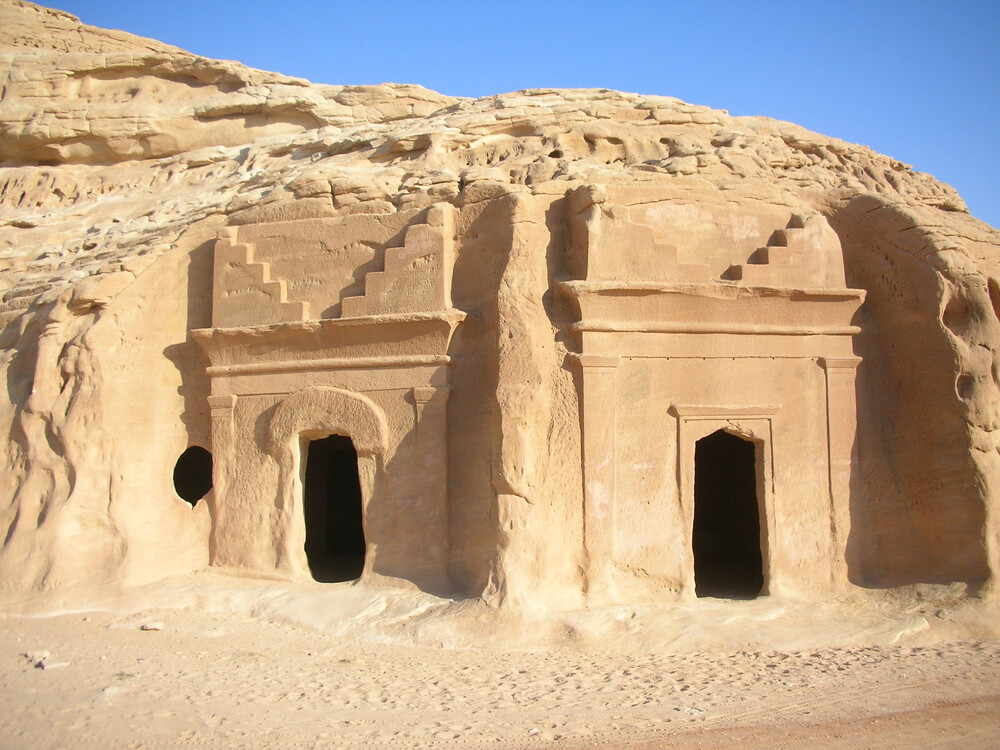
Madā’in Sāliṭ, also known as Al-Hijr, is the first UNESCO World Heritage Site in Saudi Arabia, inscribed in 2008. Located in AlUla, this site is often referred to as the southern counterpart to Jordan’s Petra. It was once a bustling Nabataean city and features well-preserved rock-cut tombs adorned with intricate carvings.
Highlights:
- Over 100 monumental tombs with elaborately decorated facades.
- Ancient inscriptions and petroglyphs that offer a glimpse into Nabataean culture.
- Stunning desert landscapes that surround the archaeological site.
Travel tip: Visit during the cooler months (October to March) to explore the site comfortably. Consider taking a guided tour to understand the historical significance of the area.
2. At-Turaif District in ad-Dir’iyah
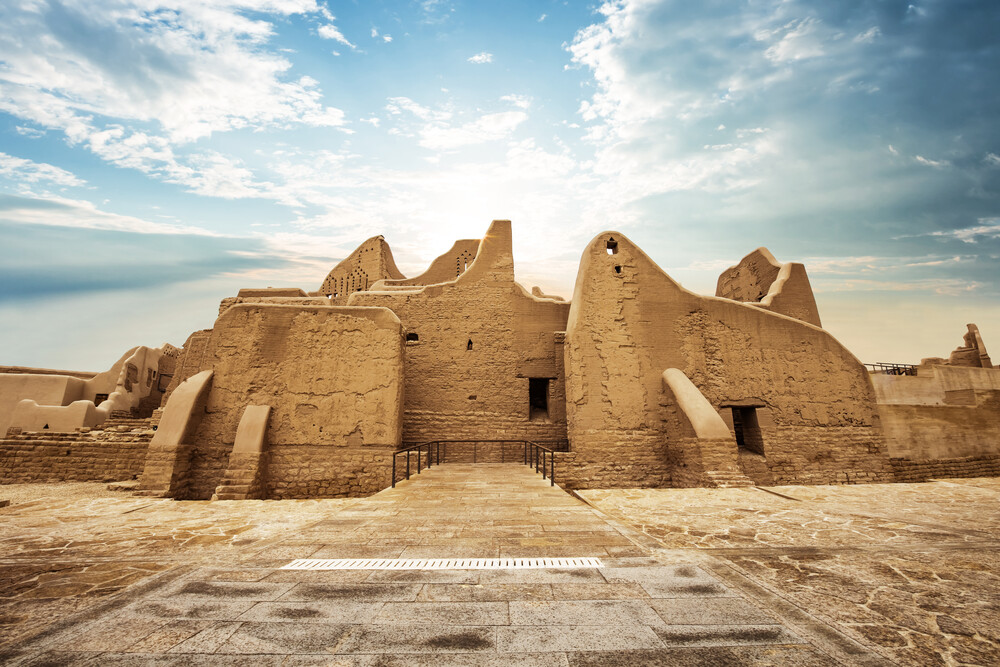
Located near Riyadh, the At-Turaif District is a symbol of Saudi Arabia’s early unification efforts. It was the first capital of the Saudi dynasty and showcases traditional Najdi architecture. This site, inscribed in 2010, played a pivotal role in the establishment of the modern Saudi state.
Highlights:
- Mud-brick structures and palaces that exemplify Najdi architecture.
- The Salwa Palace, a historic landmark in the district.
- Museums that narrate the history of the Saudi state and its founders.
Travel tip: Pair your visit with a trip to the nearby Diriyah Gate, a modern development offering cultural experiences, dining, and shopping.
3. Historic Jeddah: The Gate to Makkah
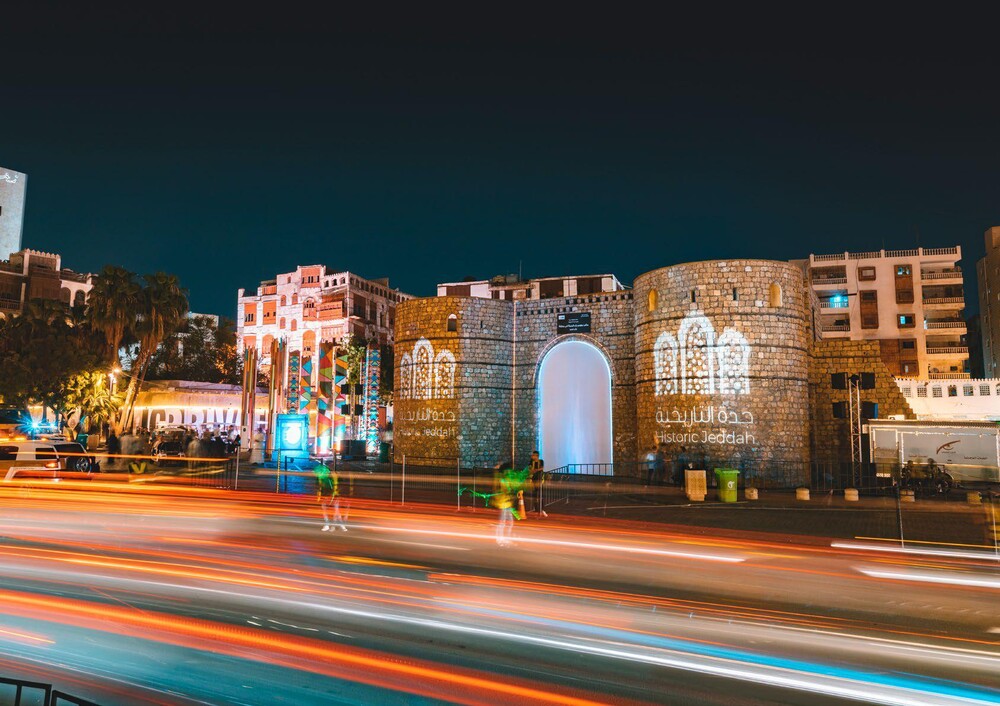
Known as Al-Balad, Historic Jeddah is a captivating area that served as a gateway for Muslim pilgrims travelling to Makkah. Inscribed in 2014, it features coral-stone buildings, traditional souks, and vibrant alleys teeming with history and culture.
Highlights:
- The Naseef House, a historic mansion that offers insights into the city’s past.
- Traditional markets (souks) like Souk Al-Alawi, perfect for shopping and cultural immersion.
- Stunning mosques and ancient city gates.
Travel tip: Visit in the evening to experience the lively atmosphere of the souks and enjoy local street food.
4. Rock Art in the Hail Region
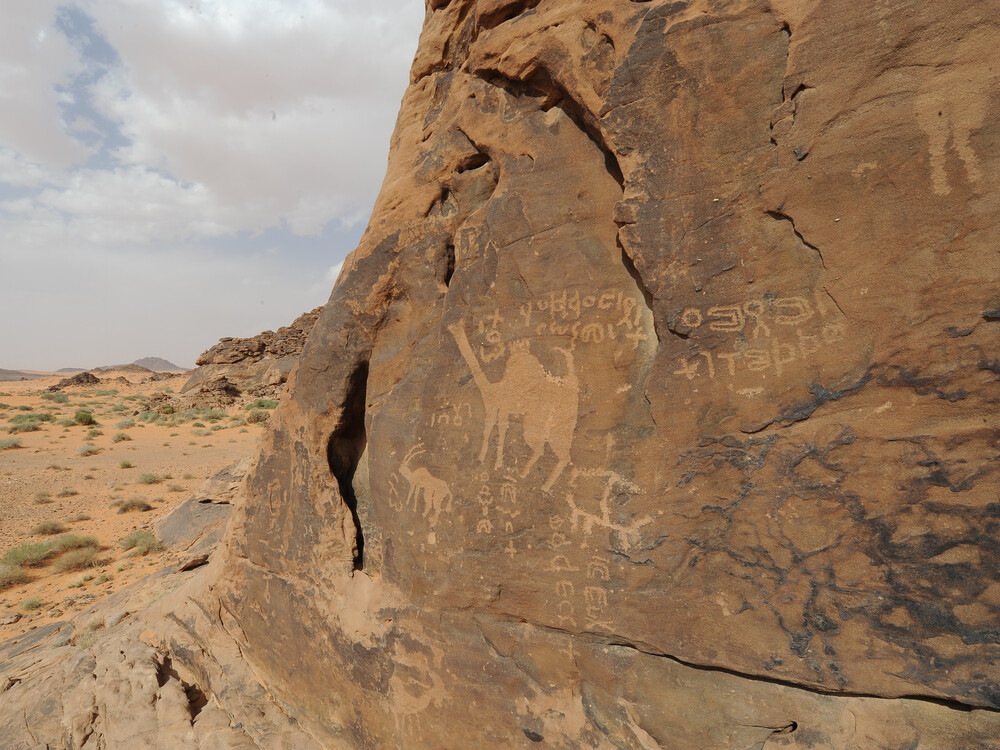
The rock art in the Hail Region, inscribed in 2015, is a testament to humanity’s earliest artistic endeavours. This site includes two primary locations: Jabal Umm Sinman at Jubbah and Jabal al-Manjor and Raat at Shuwaymis. These petroglyphs depict human and animal figures, showcasing life thousands of years ago.
Highlights:
- Ancient carvings dating back to 10,000 years.
- Depictions of hunting scenes, rituals, and early human activities.
- Beautiful desert landscapes surrounding the sites.
Travel tip: A knowledgeable guide can help you interpret the rock art and its significance. Bring plenty of water and sun protection for your visit.
5. Al-Ahsa Oasis
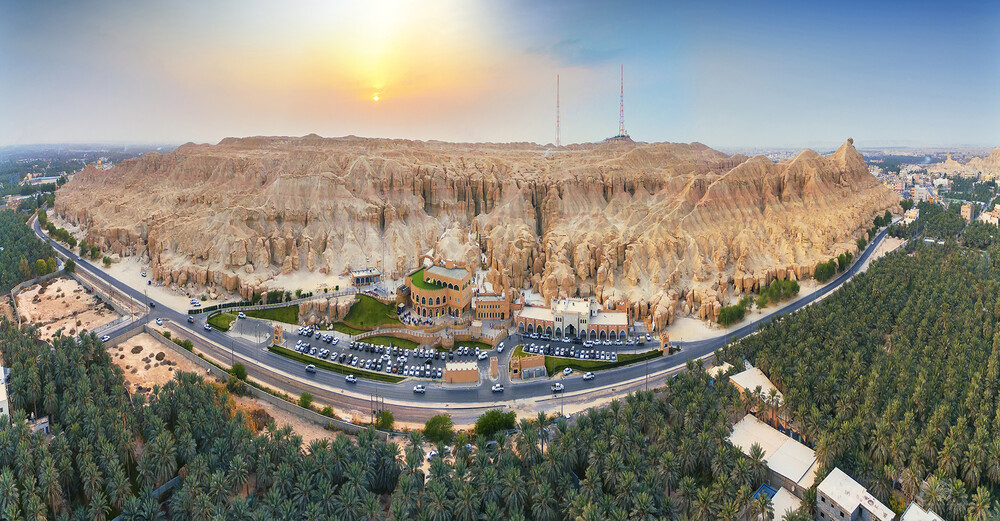
Al-Ahsa Oasis, added to the UNESCO list in 2018, is one of the largest oases in the world. It’s a lush paradise in the Eastern Province, featuring thousands of date palms, springs, wells, and canals. This site highlights the ingenuity of human interaction with nature over millennia.
Highlights:
- Over 2.5 million date palms that create a stunning green landscape.
- Archaeological sites, including forts, mosques, and ancient settlements.
- Natural springs and historic irrigation systems.
Travel tip: Don’t miss the chance to sample fresh dates and explore the local markets in the area.
6. Ḥimā Cultural Area
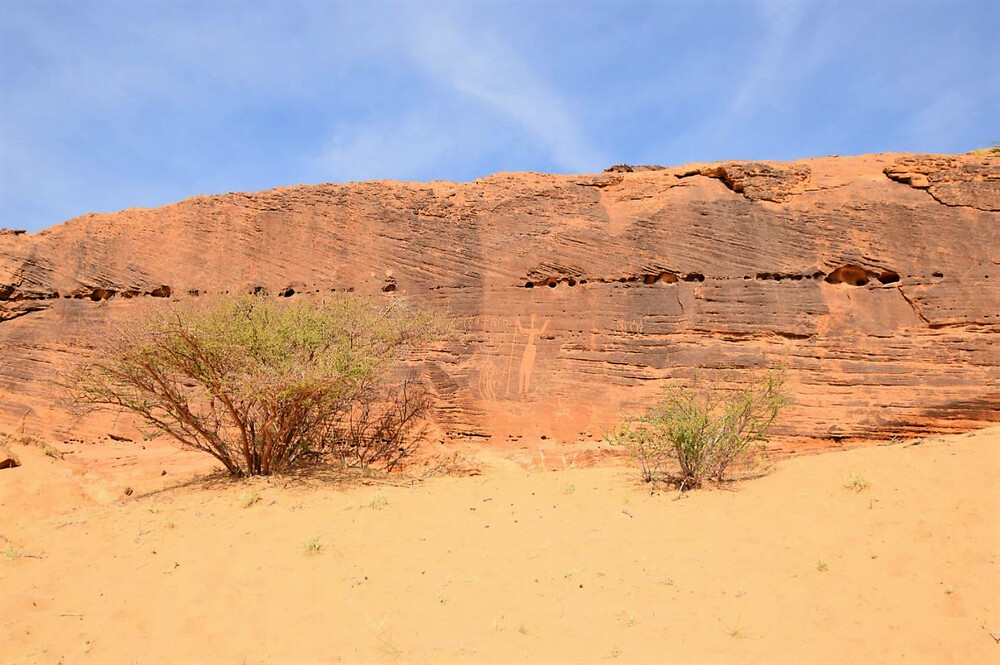
The Ḥimā Cultural Area, inscribed in 2021, is a treasure trove of ancient rock inscriptions and art. Located in southwestern Saudi Arabia, it was a crucial site along ancient trade and pilgrimage routes. The inscriptions provide a rich narrative of early Arabian life.
Highlights:
- Thousands of petroglyphs and inscriptions in various scripts, including Thamudic and Arabic.
- Historical wells that were essential for ancient travelers.
- Picturesque desert terrain perfect for photography.
Travel tip: Combine your visit to Ḥimā with a trip to other nearby attractions in the Najran region to make the most of your journey.
7. Rijal Almaa Heritage Village
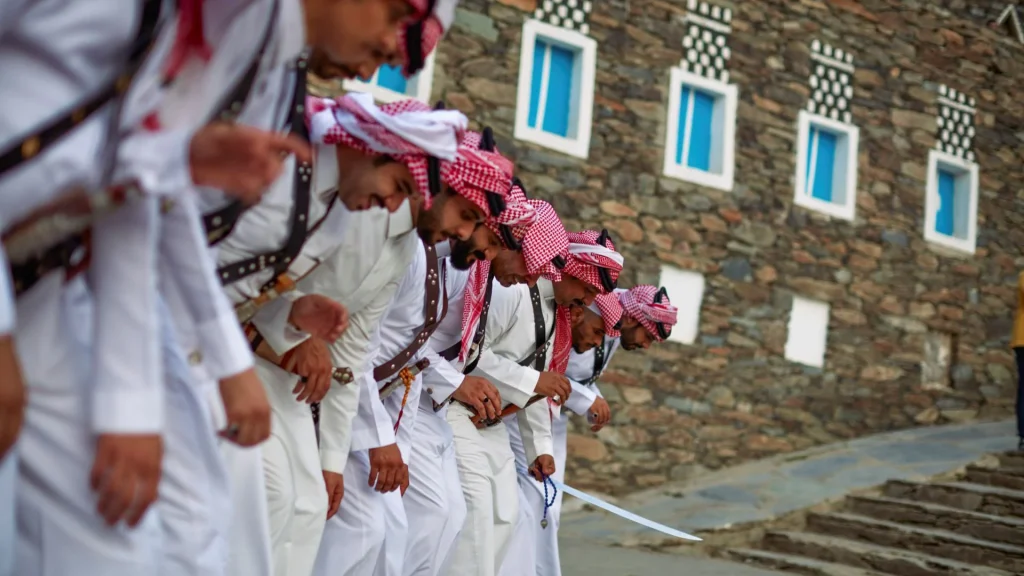
Rijal Almaa, a stunning heritage village located in the Assir region, is a unique cultural site celebrated for its striking architecture and rich history. The village, with its multi-story stone buildings, was once a key hub on trade and pilgrimage routes.
Highlights:
- Beautifully restored stone houses adorned with colourful designs.
- The Rijal Almaa Museum, showcasing artifacts and cultural heritage.
- Breathtaking views of the surrounding Assir mountains.
Travel tip: Visit during the Assir Festival to experience traditional performances and local cuisine.
8. Farasan Islands Marine Sanctuary (Tentative)

Although not officially inscribed as a UNESCO site yet, the Farasan Islands are under consideration and protected. They offer a pristine marine ecosystem teeming with biodiversity. Located in the Red Sea, this area boasts coral reefs, mangroves, and abundant marine life.
Highlights:
- Snorkelling and diving opportunities to explore vibrant coral reefs.
- A chance to spot dolphins, dugongs, and migratory birds.
- Remote beaches perfect for relaxation and nature photography.
Travel tip: Hire a local guide to arrange boat tours and ensure you experience the best of the islands in a sustainable way.
9. Tayma Oasis (Tentative)

Submitted for consideration in 2022, the Tayma Oasis, one of the oldest continuously inhabited settlements in Saudi Arabia, is rich with archaeological significance. This ancient site, surrounded by deserts, was a key stop on trade routes and boasts numerous historic landmarks.
Highlights:
- The Tayma Museum, featuring artifacts from the Bronze Age and beyond.
- Bir Haddaj, one of the largest ancient wells in the world.
- Inscriptions and ruins that narrate the region’s history.
Travel tip: Visit during winter to enjoy the cooler climate and explore the site comfortably.
Planning your visit
Saudi Arabia’s UNESCO sites offer an unparalleled journey through time, showcasing the Kingdom’s historical and cultural evolution. These destinations not only celebrate the achievements of ancient civilisations but also highlight the natural beauty and unique landscapes of the region.
Here are some tips to help you plan your visit to these heritage sites:
- Research and prepare: Familiarise yourself with the cultural norms and regulations of each site. Some locations may have dress codes or restricted access.
- Hire a guide: Many sites offer guided tours that provide deeper insights into the history and significance of the landmarks.
- Stay connected: Many of these sites are located in remote areas, so plan your logistics, including accommodations and transportation, in advance.
- Respect the sites: Follow all rules and guidelines to help preserve these treasures for future generations. Make sure when visiting you do so in a sustainable way and limit your impact.
From ancient tombs to vibrant oases, Saudi Arabia’s UNESCO World Heritage Sites are a testament to the Kingdom’s rich cultural legacy and natural wonders. Whether you’re a seasoned traveller or a curious explorer, these destinations promise unforgettable experiences.

